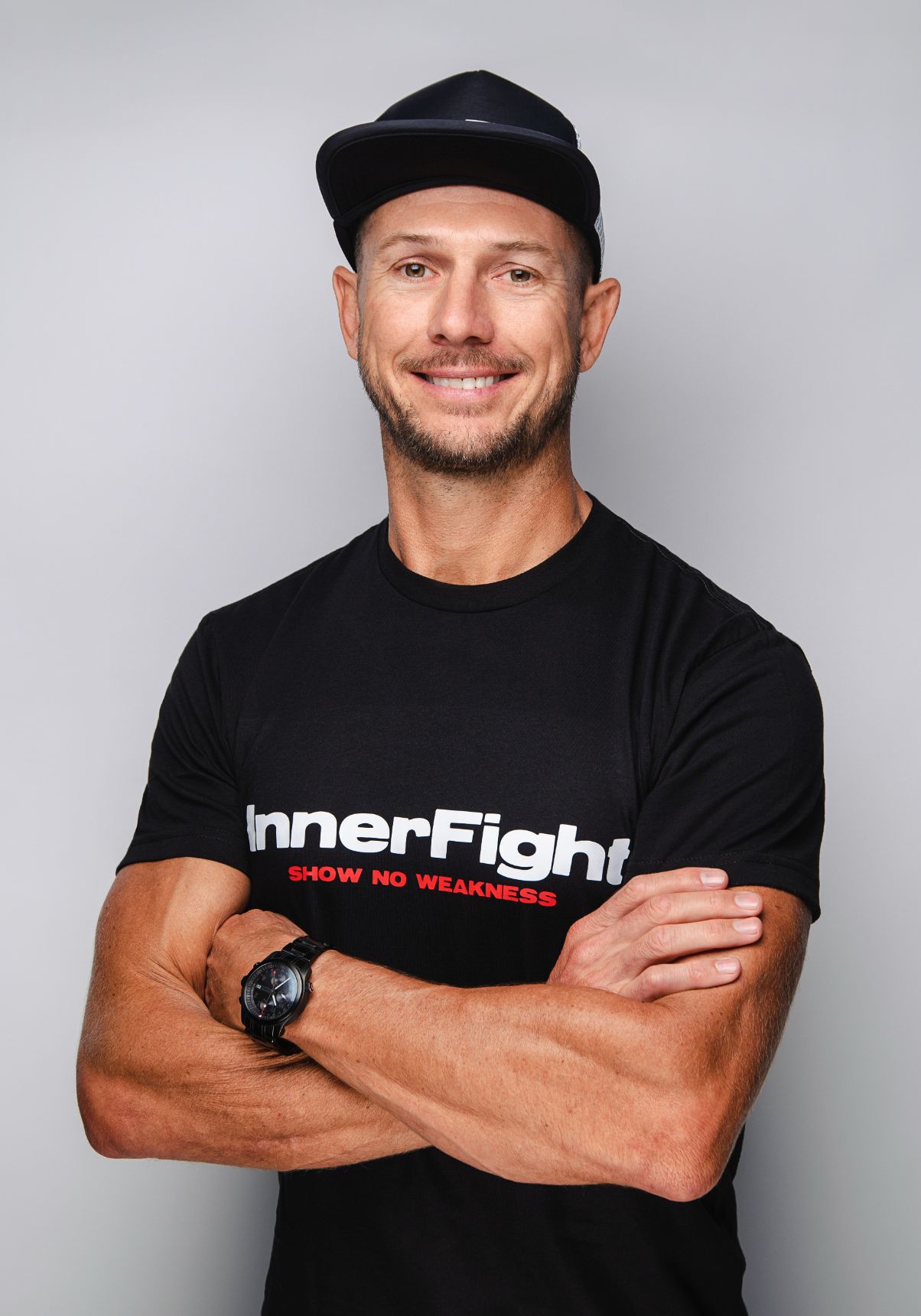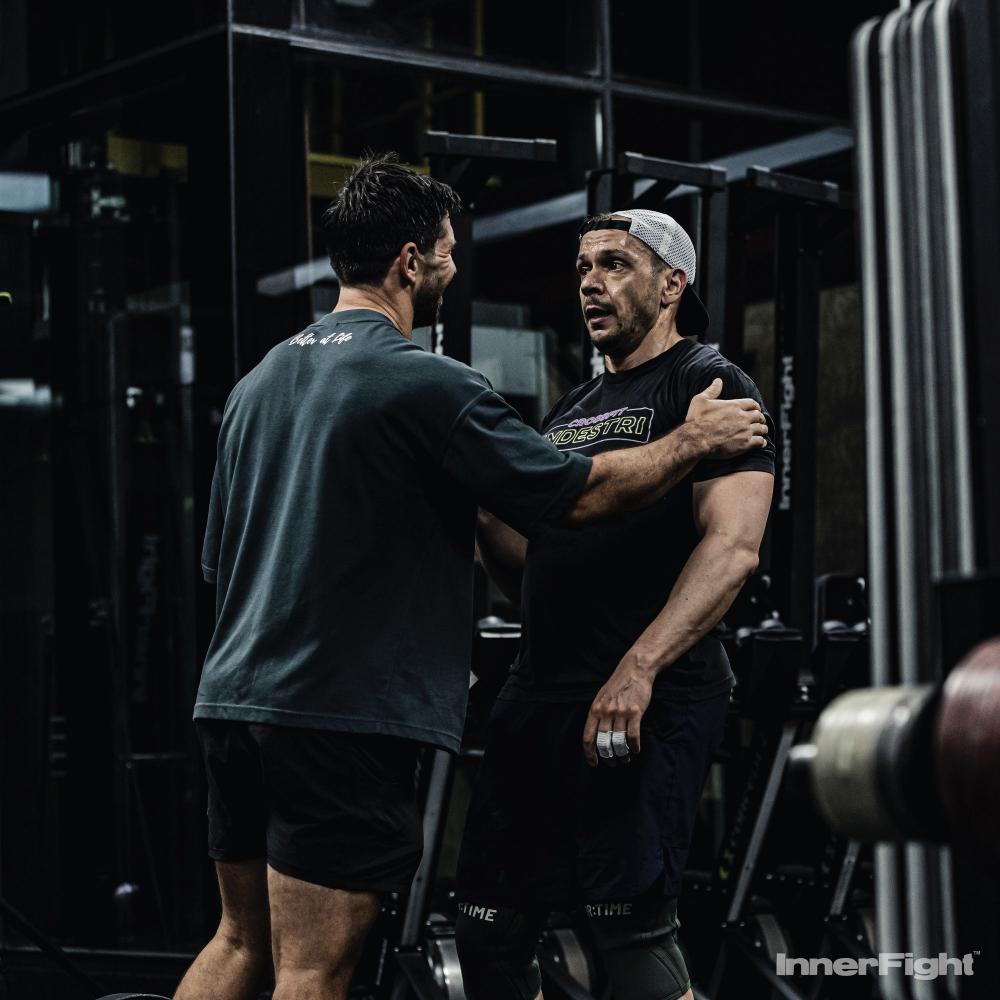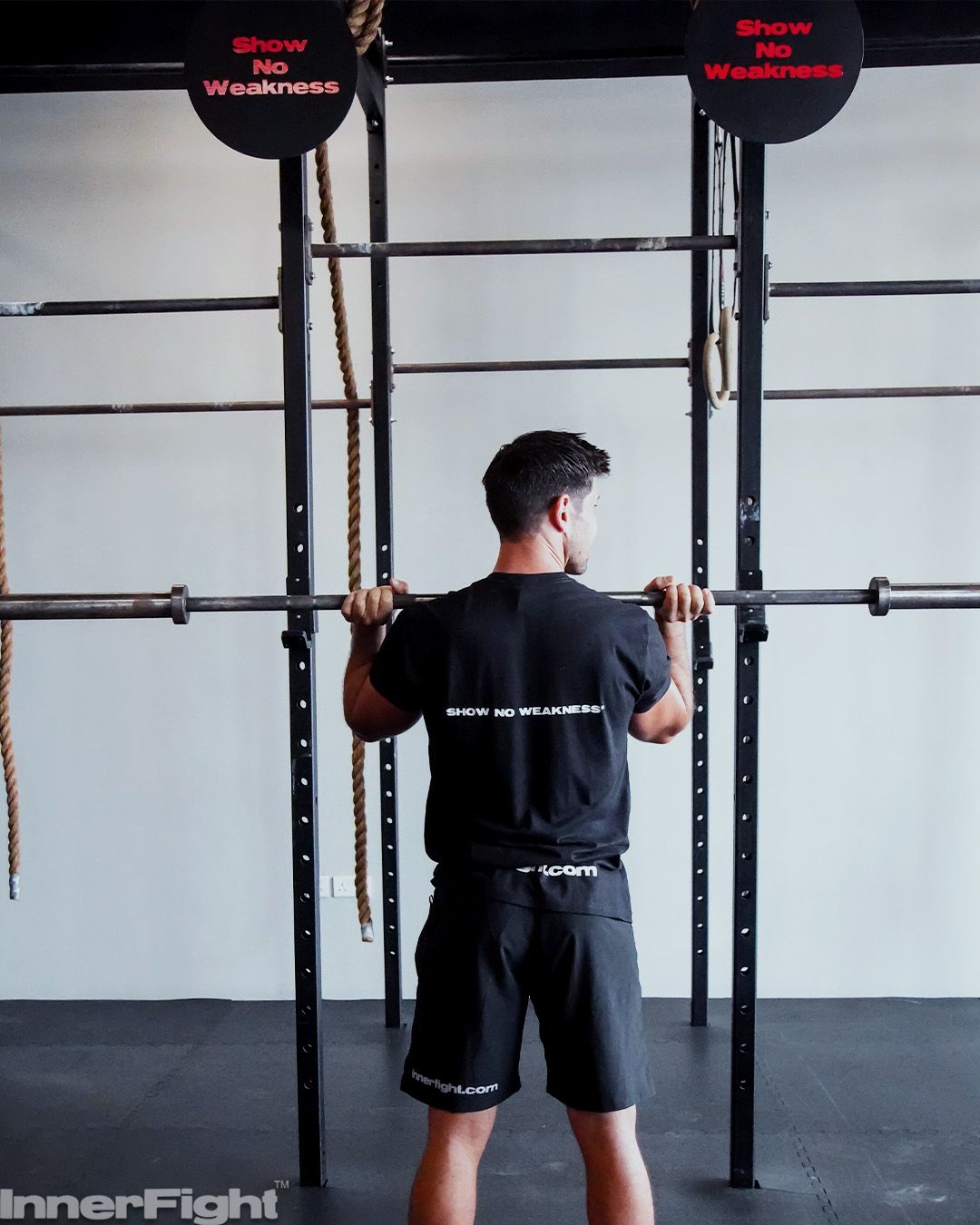Go Slow to Go Fast
.avif)
As athletes we often talk about how fast we can go, what time we finished a work out in, what our current personal bests are and what we are doing to beat them.
It is so tempting whenever you are training to push that easy pace harder or to try and beat your previous time in a workout. It’s the desire for instant gratification that makes us do this. I have been just as guilty in the past of chasing that feeling of fulfilment from pushing myself far out of my comfort zone on a planned ‘easy’ day.
Surely this will help you to get fitter quicker and ultimately run faster right? Well the answer is no, most good coaches will tell you to slow down because it’s not just as simple as; the harder you work the better you get.
I’m sure most of you have been there before, trying to maximise every session, pushing hard and missing the easy days believing that it will make you better. But on the contrary the key to getting faster actually lies in making the disparity between your hard sessions and easy sessions as big as possible. However counter-intuitive it feels, if you want to speed up whether its in running, cycling, swimming or CrossFit, you should be slowing down part of your training.
Despite popular belief elite athletes are not out there pushing themselves at superhuman paces every session, they may have a high volume of training but many of those session will be done at 70-80% of their max heart rate. Easy miles are actually the backbone of most training plans and many elite athletes follow an 80/20 split meaning that 80% of their training is at low intensity or below lactate threshold and only 20% is at high intensity. In a 2013 study, the University of Stirling in Scotland had male recreational cyclists follow the 80/20 approach and then after some time switch to a 57/43 split. The gains in power and speed after 80/20 training were more than twice as high as the more equal split.
I often have clients ask me “Why are my easy days so slow?” or “How am I supposed to run fast if I am running slow all the time?”
There are several answers to questions such as these, the first one being the development of the aerobic system, which is key to unlocking your athletic potential. On easy days you are mostly using slow twitch muscle fibres which have a higher density of mitochondria, high levels of aerobic enzymes and greater capillary density than fast twitch which are involved more in your higher intensity sessions. Training easy or aerobically actually provides you with fundamental adaptions; you increase mitochondria, capillaries and blood flow to those muscles, so they’re better able to utilise oxygen which in turn will help you to race faster because this is your most used energy system.
Another reason to slow down your training pace is that running faster and pushing harder all the time will actually result in diminished aerobic development and will increase the chances of injury and overtraining. This is the single biggest mistake athletes of all experience levels make in their training. Going full speed every session takes a toll both physically and mentally which could lead to over training because you are unable to recover from the stress on your system. Whether you are a beginner or a seasoned racer building a strong foundation through going slow is a great way to prevent injuries by getting your body used to that repetitive stress.
So why cant you go faster than your coach says if you are feeling really good? The faster that you run, bike, swim or workout on your easy days, the more stress you place on your muscles, tendons, ligaments and bones, which may over time lead to an injury. Also easy days sometimes serve as active recovery days from your hard workouts, you need these days so that the body can heal those small-micro tears through increased delivery of oxygen and nutrients to your working muscles. If you are over training you will become less efficient and you may actually become slower.
This doesn’t mean that every single session needs to be slow, threshold and tempo training are extremely productive and an essential part of training. It is one of the many blocks in becoming a successful and faster athlete. What I am suggesting is that if you take a more 80/20 approach to the intensity levels of your training, focus on a larger disparity between your hard sessions and your easy ones, you will see much bigger progress in the long term.
If you have been smashing every session you do for while and are thinking that it is working for you, just remember outcomes don’t occur instantaneously. You don’t run slightly too fast one day and then immediately get hurt. The stress and fatigue compounds over time and without realising it your body and your performance will start to decline.
If you really want to get faster in your chosen sport, you need to trust that slowing down will help you accomplish this.






.jpg)
.avif)

.jpg)
.jpg)
.avif)
